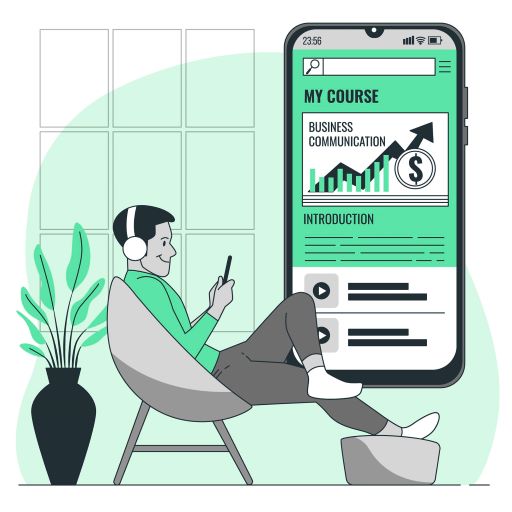Listen to this article:
Are you considering a career transition as a language teacher? Interested in creating and designing learning materials? Do you feel confident using technology in your teaching? If so, you may be in the right place. This article offers you an insight into instructional design, what instructional designers do, how it differs from digital content writing, and how it is applied to English language e-learning.
If you’re an ESL teacher already familiar with the term, you may want to skip to this article >> An ESL Teacher’s Guide to Instructional Design
What Is Instructional Design?
Instructional design is “the process by which learning products and experiences are designed, developed, and delivered. These learning products include online courses, instructional manuals, video tutorials, learning simulations, etc.”
It involves the process of analyzing learners’ needs, designing, developing, implementing, and evaluating instructional materials to improve learning and performance. The goal of instructional design is to create effective and engaging learning experiences that are tailored to the specific needs and characteristics of the learners.
What Do Instructional Designers Do?
Instructional designers work closely with subject matter experts to identify learning objectives, and assess learner needs to design and develop content, experiences, and other e-learning solutions to support the acquisition of new knowledge or skills. They are also responsible for evaluating the training, including assessing what was learned.
Instructional designers use educational theories, methodologies, and technologies to design and develop materials.
They may work in a variety of settings, such as educational institutions, corporate training departments, government agencies, and non-profit organizations. Instructional designers may also work independently as consultants or freelancers.

How Is Instructional Design Different from Digital Content Writing?
Instructional design and digital content writing may be related but distinct disciplines that serve different purposes. Instructional design is focused on creating effective e-learning experiences and materials for a specific audience, with the goal of promoting learning and skill development.
Digital content writing, on the other hand, involves creating engaging and informative content for digital media platforms such as websites, blogs, social media, and other online channels. Resources they create can be used in e-learning courses with collaborative work with instructional designers.
How Is Instructional Design Applied to English Language Learning?
Instructional design is applied to English language learning in a variety of ways.
- Structuring content for online delivery: This is an important step in designing an effective e-learning program. It involves structuring the curriculum, creating delivery materials such as interactive activities and quizzes, breaking the content into smaller modules or lessons, and incorporating multimedia resources such as videos and audio recordings.
- Providing clear instructions and feedback: Online English language learners need clear instructions (comprehensible input) and feedback to ensure that they are making progress. Instructional designers can incorporate audio and video instructions (input), interactive tutorials, and quizzes to provide learners with clear guidance and support.
- Adapting materials for different proficiency levels: Instructional designers need to provide materials that cater to the needs of beginners, intermediate and advanced learners, and personalize the learning experience for each student.
- Providing opportunities for practice and application: E-learning programs should provide opportunities for learners to practice and apply their language skills in real-world contexts. Online discussion forums, group projects, and other collaborative activities can be created to foster interaction and language practice.
- Encouraging learner engagement: Engaging learners is key to ensuring the success of an e-learning program. Instructional designers can incorporate gamification techniques, role-playing, interactive simulations, and other multimedia resources to keep learners engaged and motivated to learn.
You wouldn’t want anyone to fall asleep during a training clicking next, next, next!

So, if you’re a language teacher looking to make a transition or add some new skills to your toolkit, instructional design could be an option for you. It’s a challenging and rewarding field which will allow you to use your creativity and expertise. Plus, with the increasing demand for digital learning materials, there’s never been a better time to explore this exciting career path.
Image credits: wayhomestudio, stories, macrovector

Leave a comment